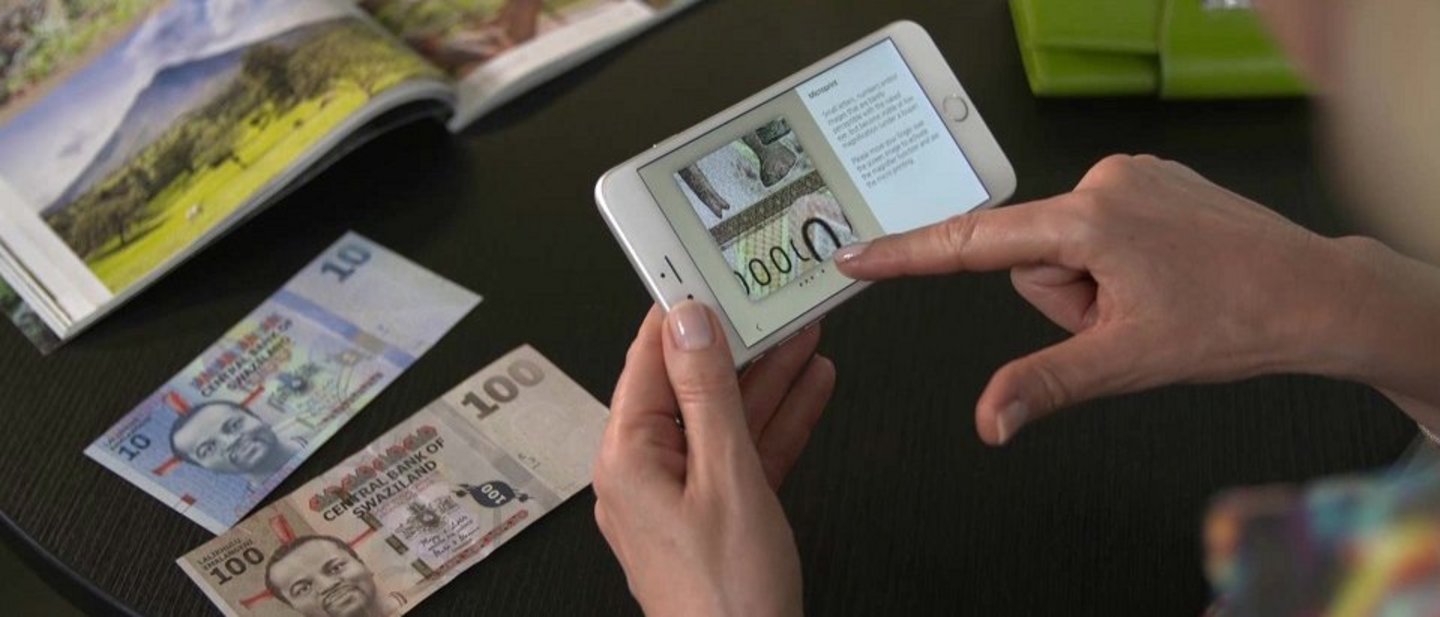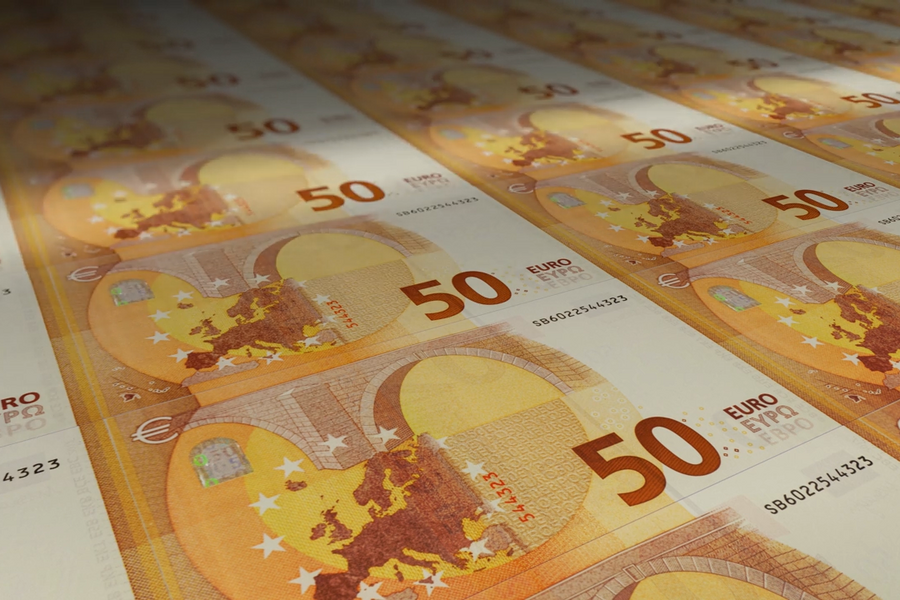The introduction of new banknotes rarely involves a complete currency changeover; usually, existing banknote series or individual denominations are exchanged. What criteria do central banks take into account when introducing new banknotes?
There are a few. For example, if there is counterfeit money in circulation, there must be an upgrade of security elements, as the security of banknotes is a top priority. Another important aspect is the revision of the banknote design. After all, a banknote is a country’s business card. Contemporary design and the aesthetics of the respective cultural group therefore play a very important role here. For this reason, central banks challenge their current banknote series every six to eight years to determine whether it is still state of the art and whether certain elements could be upgraded or certain denominations exchanged.




